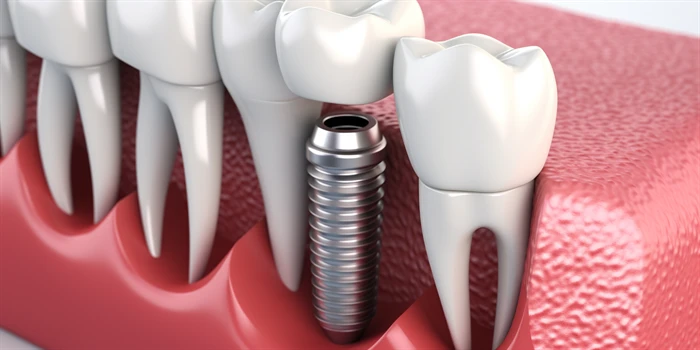Introduction

A pistol brace is a device designed to be attached to the rear of a pistol, offering additional support and stability when fired. It has gained popularity among gun enthusiasts for its ability to enhance accuracy and control. However, a common question that arises is whether one needs a tax stamp for a pistol brace. In this article, we will explore the regulations and requirements surrounding pistol braces from various angles, providing you with a comprehensive understanding of the topic.
1. Understanding Pistol Braces
Paragraph 1: Definition and Purpose
A pistol brace, also known as a stabilizing brace, is a device designed to strap or attach to the forearm of a shooter. Its primary purpose is to improve stability and control while shooting a pistol with one hand. With the brace's additional support, shooters can achieve better accuracy and mitigate recoil.
Paragraph 2: Legal Classification
The Bureau of Alcohol, Tobacco, Firearms and Explosives (ATF) classifies pistol braces as "firearm accessories." This classification determines the regulatory requirements and restrictions. It is essential to understand how the ATF defines and categorizes pistol braces to determine if a tax stamp is necessary.
Paragraph 3: Features and Benefits
Pistol braces come in various designs, materials, and sizes, catering to different shooting preferences. Some braces offer adjustable length and angles, while others focus on enhancing comfort. The benefits of using a pistol brace include improved accuracy, recoil reduction, and the ability to shoot a pistol with one hand effectively.
2. ATF Stance on Pistol Braces
Paragraph 1: Classification as a Brace
The ATF recognizes pistol braces as legitimate accessories when used as intended — as braces that brace against the shooter's forearm. However, the agency has issued several guidelines to clarify the distinction between braces and short-barreled rifles (SBRs). Understanding these guidelines is crucial to determine the necessity of a tax stamp.
Paragraph 2: Objective Factors Test
The ATF introduced the Objective Factors Test to determine whether a firearm equipped with a brace should be classified as a pistol or an SBR. The factors tested include weight, length, and overall design features. If a firearm meets certain criteria outlined by the ATF, it will be classified as a pistol rather than an SBR, eliminating the need for a tax stamp.
Paragraph 3: Recent ATF Stance Reversal
In December 2020, the ATF published a notice stating that shouldering a pistol brace does not, in and of itself, make it a short-barreled rifle. This reversal brought relief to many firearm owners and clarified the ATF's position on the matter.
3. Necessity of a Tax Stamp
Paragraph 1: Definition of a Tax Stamp
A tax stamp, commonly known as a National Firearms Act (NFA) tax stamp, is a payment made to the ATF to legalize the possession of certain firearms or accessories. It is required for the ownership of regulated items, such as SBRs, suppressors, and fully automatic firearms.
Paragraph 2: Brace-Specific Regulations
As of now, the possession and use of a pistol brace, if considered a brace and not an SBR, do not require a tax stamp. This means that individuals can legally own and use a pistol equipped with a brace without the additional cost and paperwork associated with acquiring a tax stamp.
Paragraph 3: Legal Considerations and Monitoring
It is crucial to stay updated on the ever-evolving regulations and ATF guidelines regarding pistol braces. The legal status of pistol braces can change over time, and it is the responsibility of firearm owners to ensure they comply with the laws and regulations set forth by federal authorities.
4. Average Prices and Price Range
Paragraph 1: Pricing Factors
The cost of pistol braces can vary depending on several factors, including the brand, material, design complexity, and additional features. High-end braces made from premium materials can be more expensive, while simpler designs tend to be more affordable.
Paragraph 2: Average Price
On average, a pistol brace can cost between $50 and $150. This price range covers a wide variety of braces available in the market, catering to different budgets and preferences.
Paragraph 3: Premium Options
For those seeking top-of-the-line pistol braces with advanced features and enhanced ergonomics, prices can reach up to $300 or more. These premium options often come with additional accessories and functionalities that justify the higher price tag.
FAQs (Frequently Asked Questions)
Q1: Can I attach a pistol brace to any pistol?
A1: While pistol braces can be attached to many pistols, it is crucial to ensure compliance with local, state, and federal laws regarding the use of accessories and modifications on firearms. Always research and understand the legality of specific configurations before modification.
Q2: Can I shoulder a pistol brace without legal repercussions?
A2: Following the ATF's December 2020 notice, shouldering a pistol brace is generally allowed. However, staying updated with the latest regulations and guidelines from federal authorities is essential, as they can change over time.
Q3: Are there any specific design restrictions for pistol braces?
A3: The ATF's Objective Factors Test considers various design features when determining the classification of firearms. It is important to familiarize yourself with these factors and ensure your pistol brace adheres to them to avoid any legal complications.
References:
1. ATF, Pistol Braces. Available at:
2. National Firearms Act (NFA). Available at:
3. The Truth About Guns, What is a Pistol Brace? Available at:



